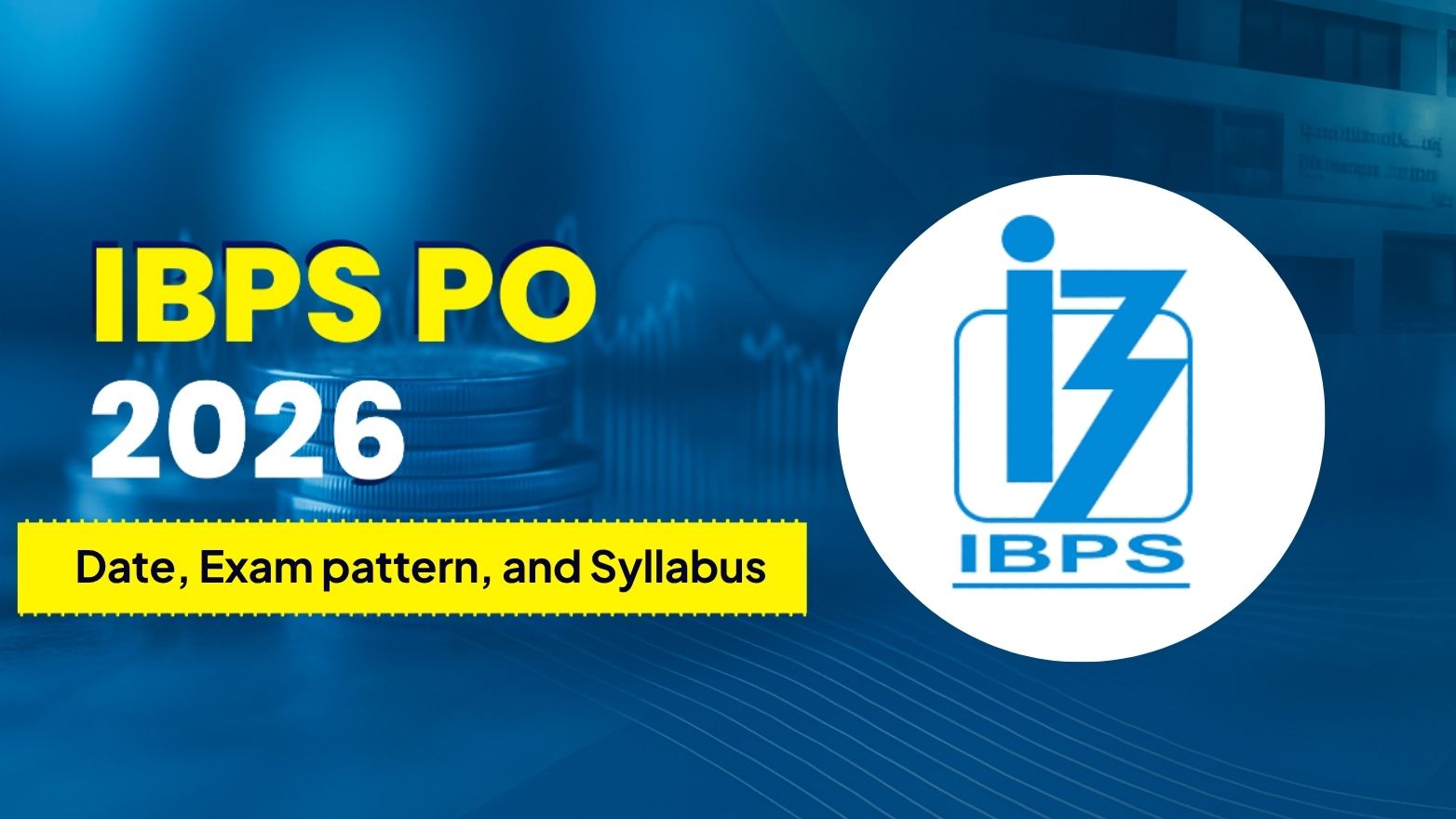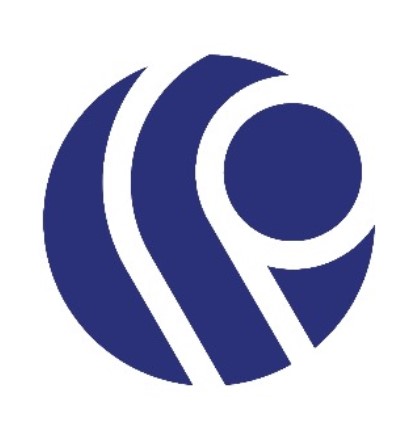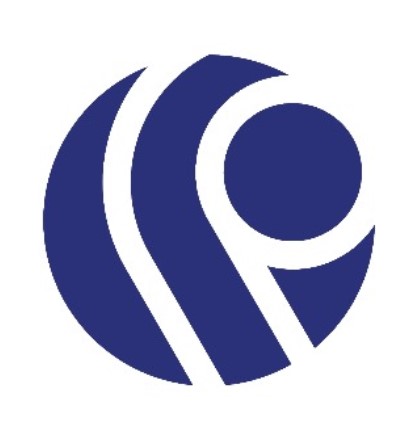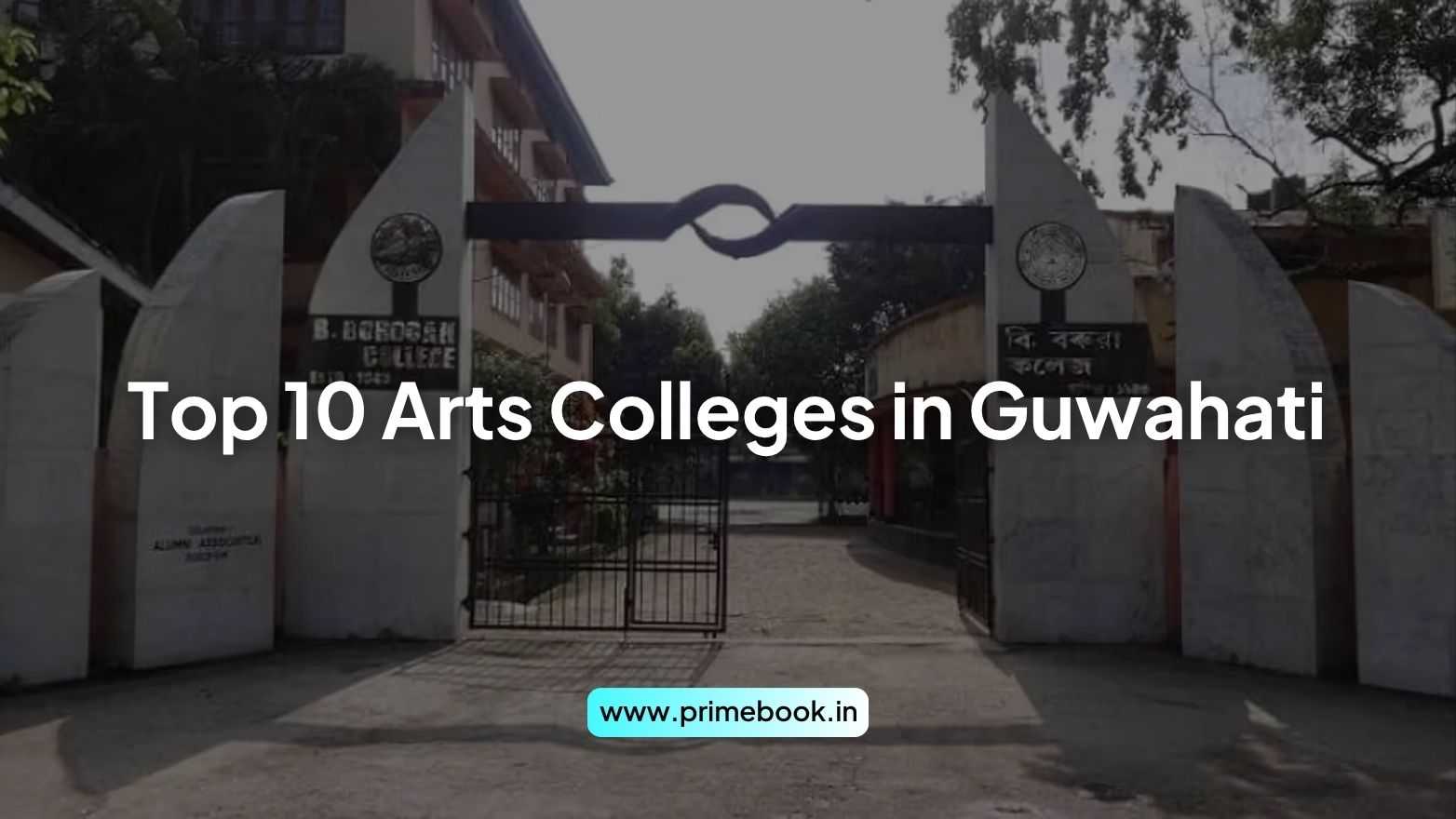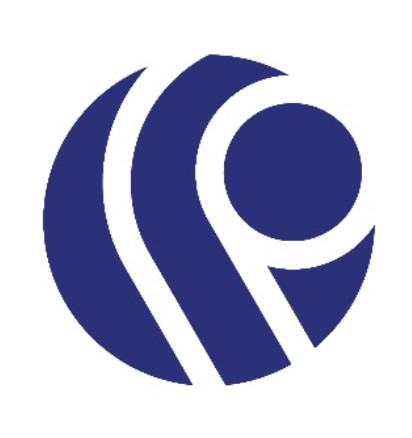Blogs / Student's Corner / Sarv Shiksha Abhiyan (SSA)- India's Flagship Universal Education Program
Blogs / Student's Corner / Sarv Shiksha Abhiyan (SSA)- India's Flagship Universal Education Program

Primebook Team
09 Jan 2025
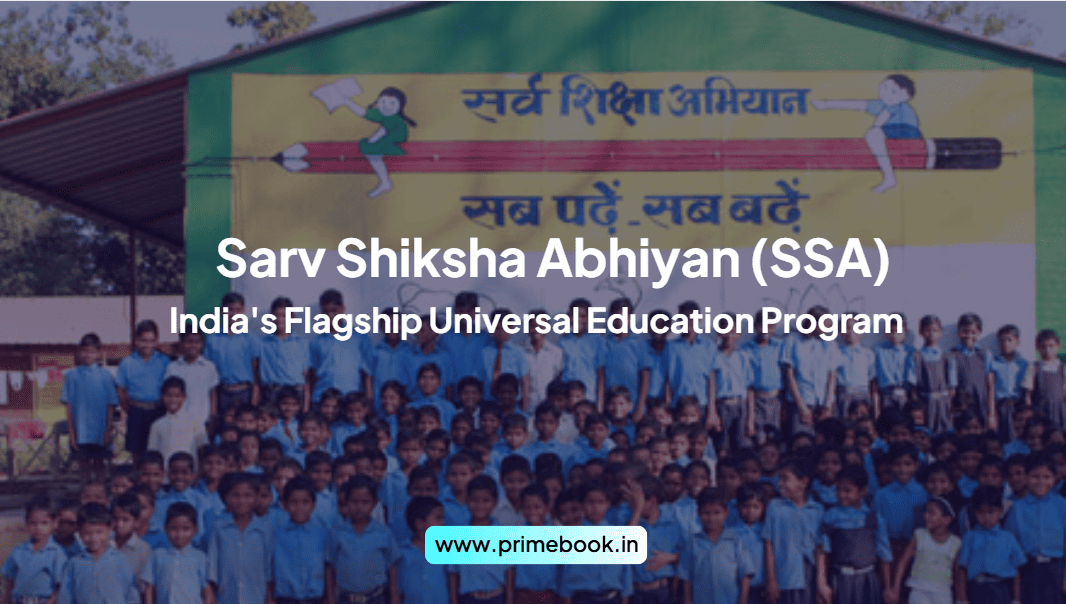
Sarv Shiksha Abhiyan (SSA)- India's Flagship Universal Education Program
From the National Education Policy 1986 to the very recent NEP 2020, the Indian government has been actively working to elevate literacy levels across the nation. One such proactive scheme launched by the government of India in the year 2001, which got its legal backing to support and promote Universal Elementary Education is the Sarv Shiksha Abhiyan. It translates to ‘Universal Education Program’. Let’s learn more.
Overview of the Sarv Shiksha Abhiyan (SSA)
The Sarv Shiksha Abhiyan is an umbrella program/scheme pioneered by Honourable former Indian Prime Minister Atal Bihari Vajpayee and is anchored by the then Ministry of Human Resource Development (MHRD), now renamed as the Ministry of Education. It is run by the central government and state governments in partnership. After the legal backing through the 86th constitutional amendment act, the primary goal of Sarv Shiksha Abhiyan, to provide free and compulsory education to children between the age group of 6-14 years, became a fundamental right under Article 21A of the constitution. The central monitoring portal for Sarv Shiksha Abhiyan (SSA), ‘ShaGun’ is developed by the World Bank in partnership with the Ministry of Human Resource Development.
The SSA (Sarv Shiksha Abhiyan) provides free education and schooling requirements (uniforms and textbooks) to children between the ages of 6 to 14 years, and aims to strengthen India’s schooling infrastructure and build the teaching capacity of the staff.
Primary Objectives of the Sarv Shiksha Abhiyan
The essential functions of SSA include ensuring social justice by offering basic education to all, raising education standards across the country, making basic education more accessible and conducive for children, and building teaching capabilities across schools to elevate overall national literacy levels.
The main functions of SSA (Sarv Shiksha Abhiyan) are divided into three categories – infrastructural objectives, human resource objectives, and quality improvement objectives.
Infrastructural goals of the Sarv Shiksha Abhiyan include:
1. Open schools in areas devoid of proper schooling infrastructure.
2. Strengthening current infrastructure by adding more classrooms, washrooms, and clean drinking water facilities.
3. To provide textbooks and uniforms free of cost to all children
HR goals of the Sarv Shiksha Abhiyan include:
1. Increasing the number of teachers per student in schools
2. Adding teacher-training provisions and resources
3. Empowering the overall pedagogical and academic structure at the grassroots level
Quality improvement goals of the Sarv Shiksha Abhiyan include:
1. Including life skills and extra-curricular components in the learning process
2. Girl children and specially-abled children’s education is a focus
3. Focus on bridging the digital divide by strengthening computer literacy
Secondary Objectives or Sub-programme under SSA
Alongside focusing on the main target, i.e., to offer free and compulsory universal education to children across India, the SSA has some ongoing sub-initiatives as well.
1. The Padhe Bharat Badhe Bharat Program under SSA aims to empower the students of classes I and II with better reading and writing skills, thus cultivating a habit of reading and writing among them.
2. The Samagra Shiksha Program takes a holistic approach to developing learning levels from early childhood to secondary education levels.
3. The Sakshat Program was launched under SSA to tackle the menace of school drop-outs and aims to bring these young students back to school.
4. The Digital Shiksha is a most recent sub-program under SSA, aiming to improve digital learning infrastructure by offering free online courses, e-books, etc.
5. Shaala-siddhi, School Standard Evaluation Programme, as the name suggests supports the proper implementation of SSA by assessing the school standards across the country.
6. Swachh Vidyalaya Program carries on the goal of ensuring proper maintenance of schools including clean drinking water, sanitation, and hygiene standards.
Sarv Shiksha Abhiyan (SSA) and the confluence of various ministries and schemes:
Considering the vast goals of the scheme, SSA brings multiple authorities and initiatives run by the central and state governments to improve schooling in India, together under the umbrella of Universal Education. For instance, the Ministry of Health & Family Welfare (MoH&FW) takes care of ensuring regular health check-ups in schools, while the Ministry of Human Resource Development (MHRD) facilitates proper functioning of the mid-day meal schemes across the country and takes care of implementation of SSA principles in National Institute of Open Schooling as well. Further, the implementation of SSA in Integrated Child Development Services (ICDS) is being done by the Ministry of Women & Child Development (MWCD).
Therefore, the Sarv Shiksha Abhiyan works like a full-fledged umbrella program ensuring the imparting of proper elementary education to all children in India. The consistent significant improvements in the student enrollment numbers, pupil-teacher ratio, and gender-parity index highlight the scheme is running efficiently across the country. Thus, proving that a well-focused and community-oriented approach towards education can certainly bring about impressive results in the goal of universal education.


 Related Blog
Related Blog


